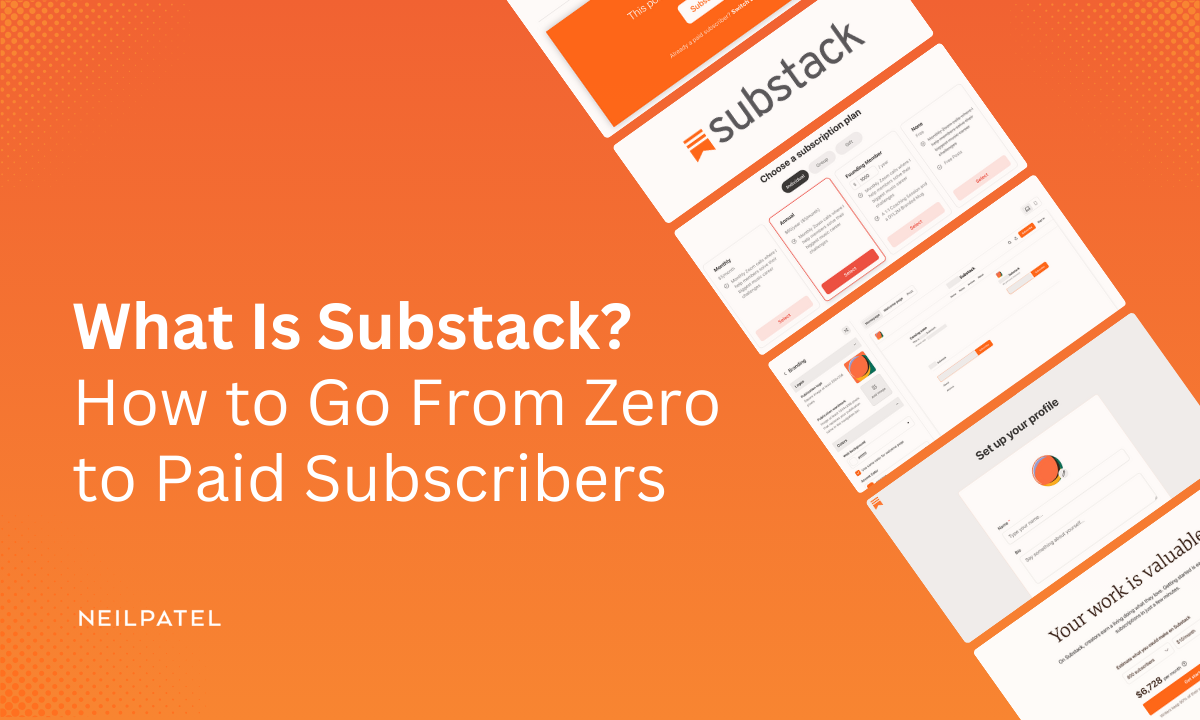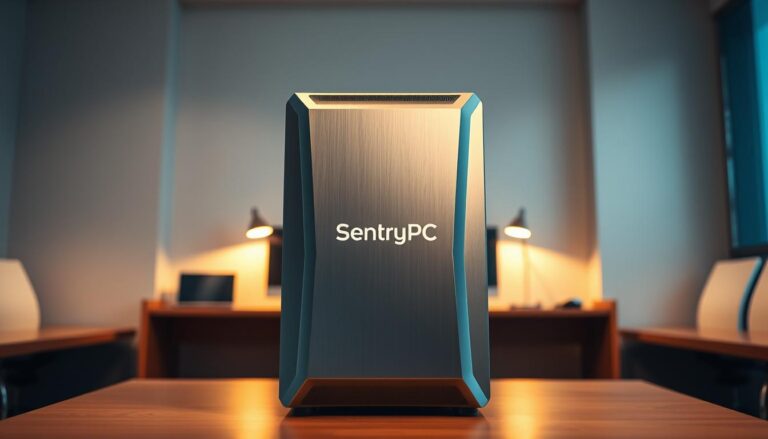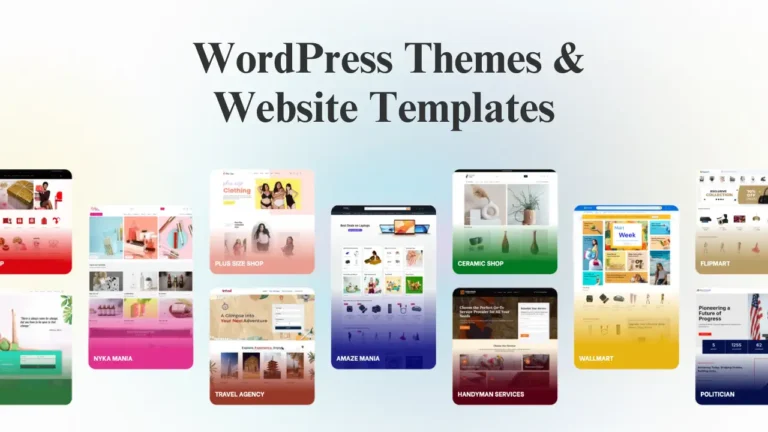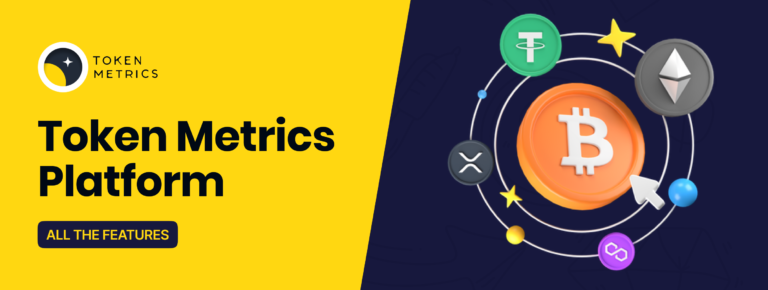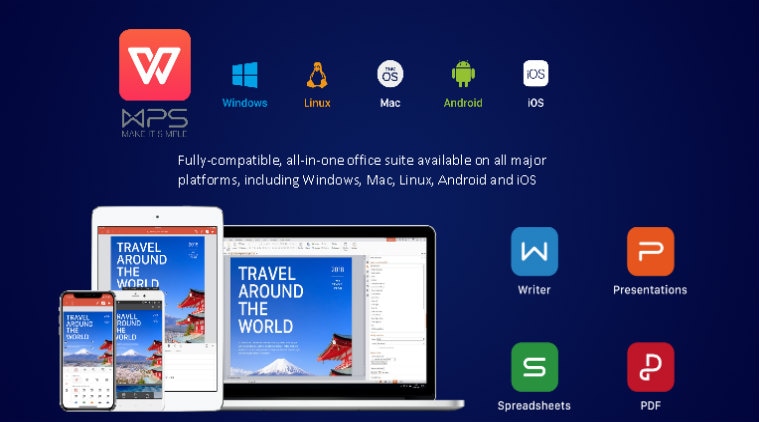What Is Substack? How to Go From Zero to Paid Subscribers
Substack isn’t just another newsletter platform. It’s a powerful tool for building and monetizing a community.
You don’t need a massive audience or technical skills to get started.
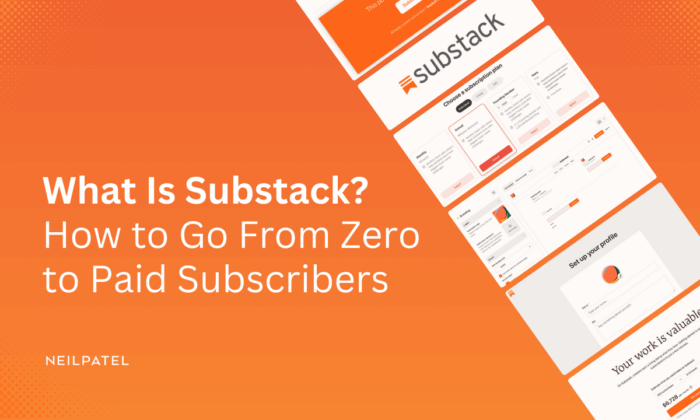
All you need is a drive to share your ideas and attract engaged subscribers. Substack’s built-in monetization and community features take care of the rest.
I’ll walk you through how to launch your Substack, grow your audience, and turn your content into a reliable revenue stream.
Key Takeaways:
- Substack allows creators to publish free and paid content across a variety of formats: newsletters, podcasts, and video.
- Building a community on Substack requires regularly publishing content and engaging via comments, notes, and Chat.
- Creators can monetize their content by setting their own subscription rates, starting at $5 per month.
What Is Substack?
Substack is a publishing platform where creators and brands can produce and distribute digital content.
Although it started as a platform for written content, Substack now allows several media formats. You can use it to distribute newsletters, podcasts, and videos to your audience.
Take Lenny Rachitsky, for example. This top-ranked business creator publishes both newsletter and podcast content.
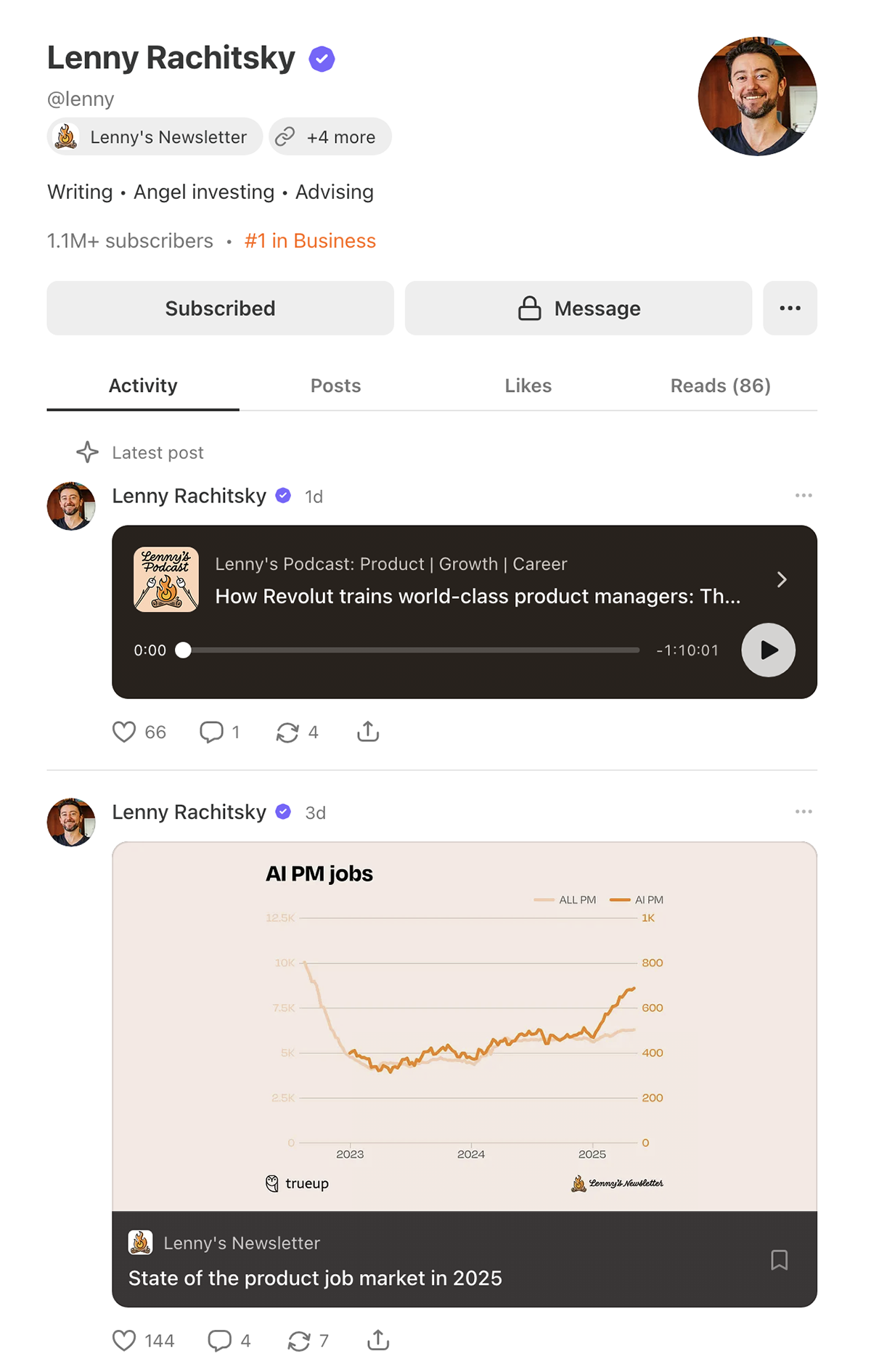
On the surface, Substack might seem like a standard email newsletter platform. But it’s much more than a one-way broadcast channel.
Subscribers can react to and comment on creators’ work, and creators can respond — which often leads to organic discussion threads.
Between Substack notes and chat, creators have tons of ways to connect with followers. I’ll walk you through these features below.
How Does Substack Work?
Substack uses a subscription-based model. Followers can subscribe to content creators and receive email or in-app notifications when they publish something new.
Creators have the option to set up one or more subscription tiers, including free and paid. I’ll show you how the paid tiers work below.
While standard email newsletters are only accessible via subscription or email forward, Substack newsletters are accessible via the creator’s feed in the Substack app or on the website.
Think of the platform as a sort of hybrid between a blog, an email newsletter, and a social media platform.
Who Uses Substack?
Because it’s geared toward content creation and publishing, the platform is most popular with:
- Creators and podcasters who want to distribute content without the cost of a traditional email newsletter platform
- Journalists and writers who want to grow an audience without having to rely on social media algorithms
- Thought leaders who want to build a personal brand and share in-depth, blog-style insights
Brands can also use the platform to build an audience. However, Substack’s content guidelines prevent brands from using the platform for what it calls “conventional email marketing.”
In other words, Substack is fair game for brands as long as the main purpose isn’t promotions or sales.
Are You Using Google Ads?Try Our FREE Ads Grader!
Stop wasting money and unlock the hidden potential of your advertising.
- Discover the power of intentional advertising.
- Reach your ideal target audience.
- Maximize ad spend efficiency.
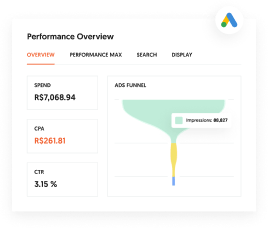
Get your free Analysis
Take TheRealReal for example. Since it’s an online marketplace for luxury goods, you might expect its newsletters to be filled with photos of handbags and bold calls to action prompting subscribers to shop.
Instead, The RealReal Substack is filled with engaging blog-style content that walks readers through how to dress and what to buy for specific occasions.
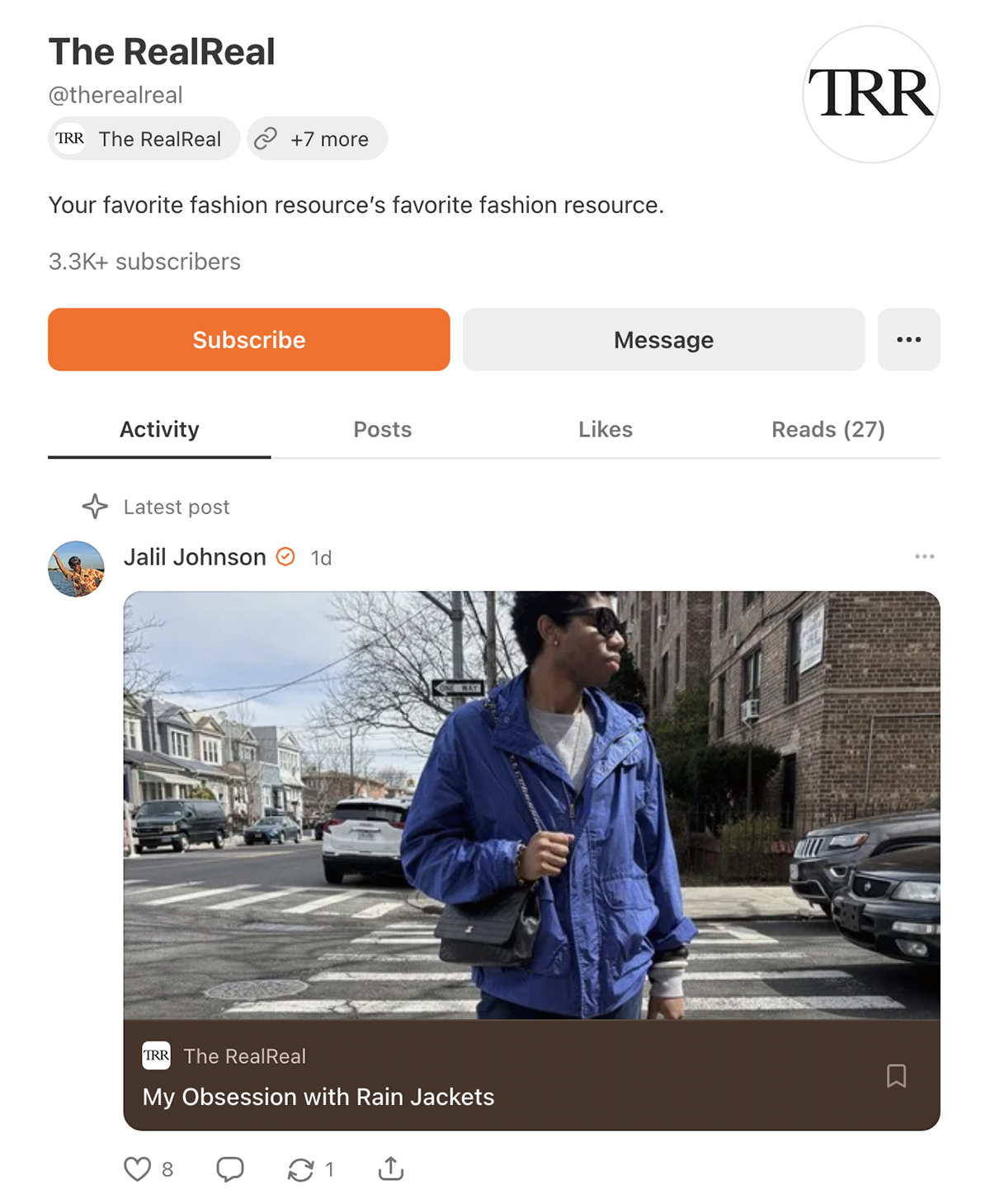
Is Substack Free?
Substack is free to use until you opt to monetize your audience. So as a creator, you can publish content and distribute it to followers for free at no cost to you.
This business model is different from most email marketing platforms, which charge a monthly fee once you reach a newsletter subscriber threshold.
However, when you launch a paid newsletter and you begin charging for subscriptions, the platform is no longer free. Substack takes 10% of subscriptions, plus credit card processing fees.
How to Get Started with Substack
I’ll show you step by step how to set up your Substack and attract your first subscribers.
1. Sign Up and Create a Profile
Start by signing up for a free profile. Add your name, photo, and bio. Link a social media channel of your choice if you want to give subscribers other ways to connect with you.
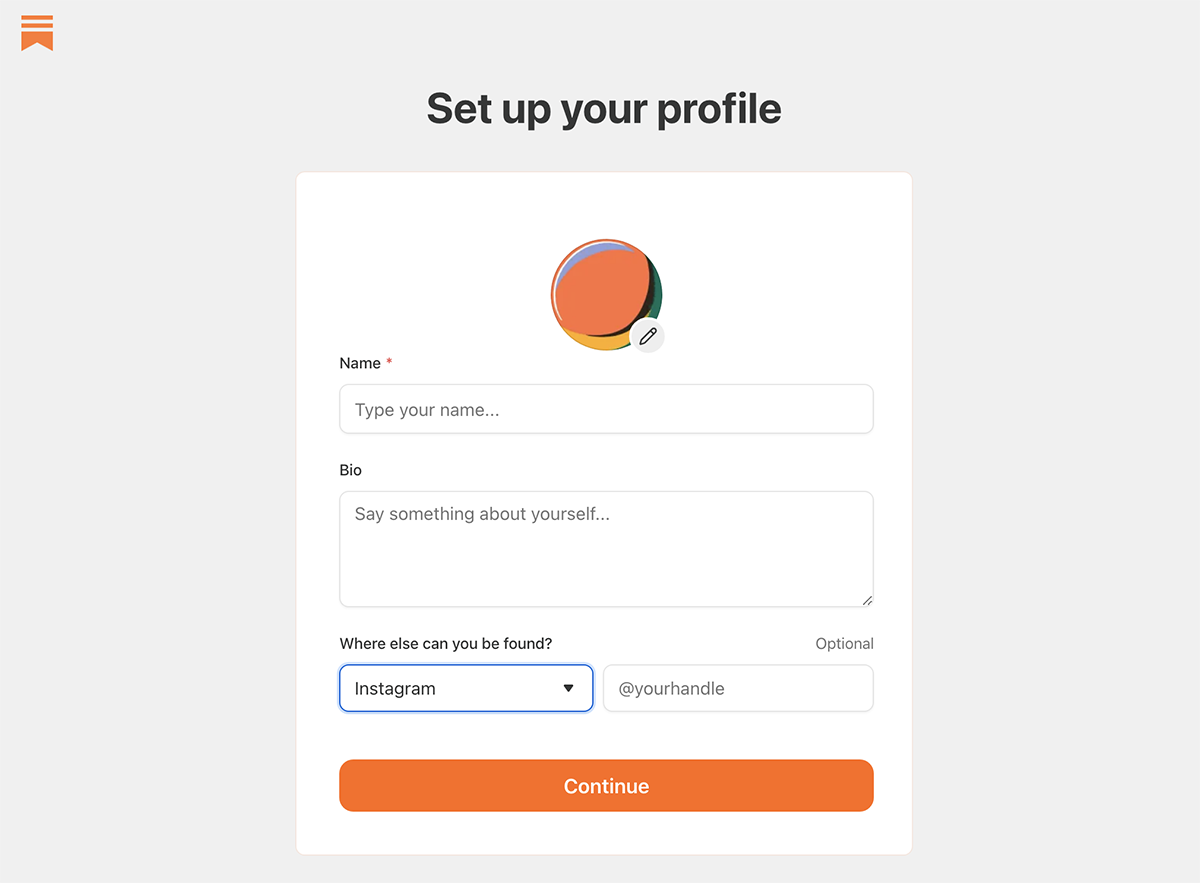
You’ll also need to choose a unique Substack URL. I recommend including your social media handle in the URL. This way you align your Substack with your branding and make it easier for existing followers to find.
2. Set Up Your Substack
Next, give your Substack homepage, welcome page, and posts a distinctive look.
Add your branding by adjusting the logo, colors, and fonts.
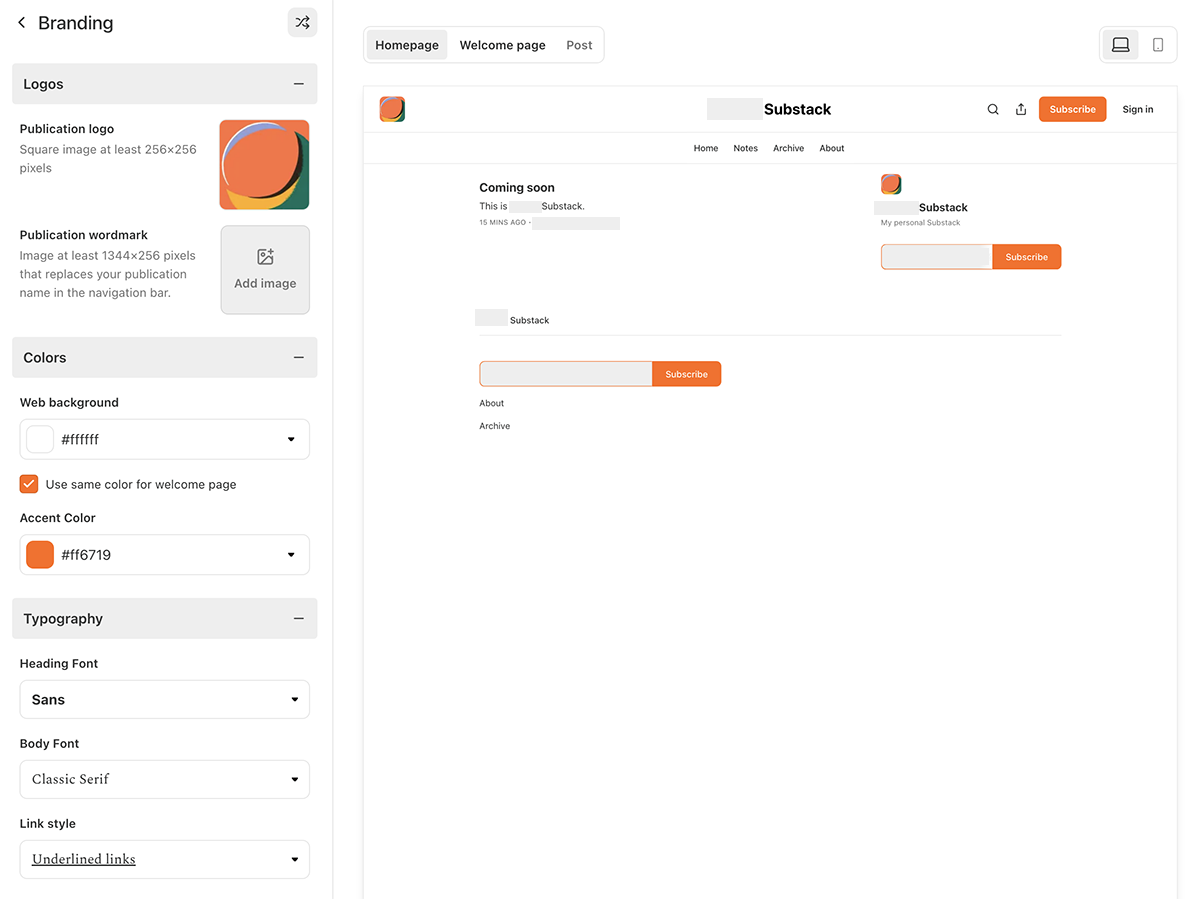
You can also create a custom QR code to make it easier for mobile users to subscribe.
3. Create a Substack Strategy
Now you’re ready to start writing on Substack. But before you press publish on your first post, map out a strategy.
I recommend thinking about Substack from a content marketing perspective:
- Choose a consistent publishing schedule. Will you publish weekly or monthly? Set expectations for subscribers.
- Think about your audience. Who are you writing for? What do they care about? Tailor your content to your subscribers.
- Develop a set of content pillars. Think about where your expertise intersects with what your audience cares about. These areas should be your content pillars — the broader areas you draw from for each topic.
- Decide on content formats. Will you write blog-style content? Publish podcasts? Share interviews? Incorporate formats into your publishing schedule so subscribers can anticipate certain kinds of content.
For example, startup founder and AI expert Dan Koe publishes a mix of AI prompts, future-focused thought leadership, and mega guides.
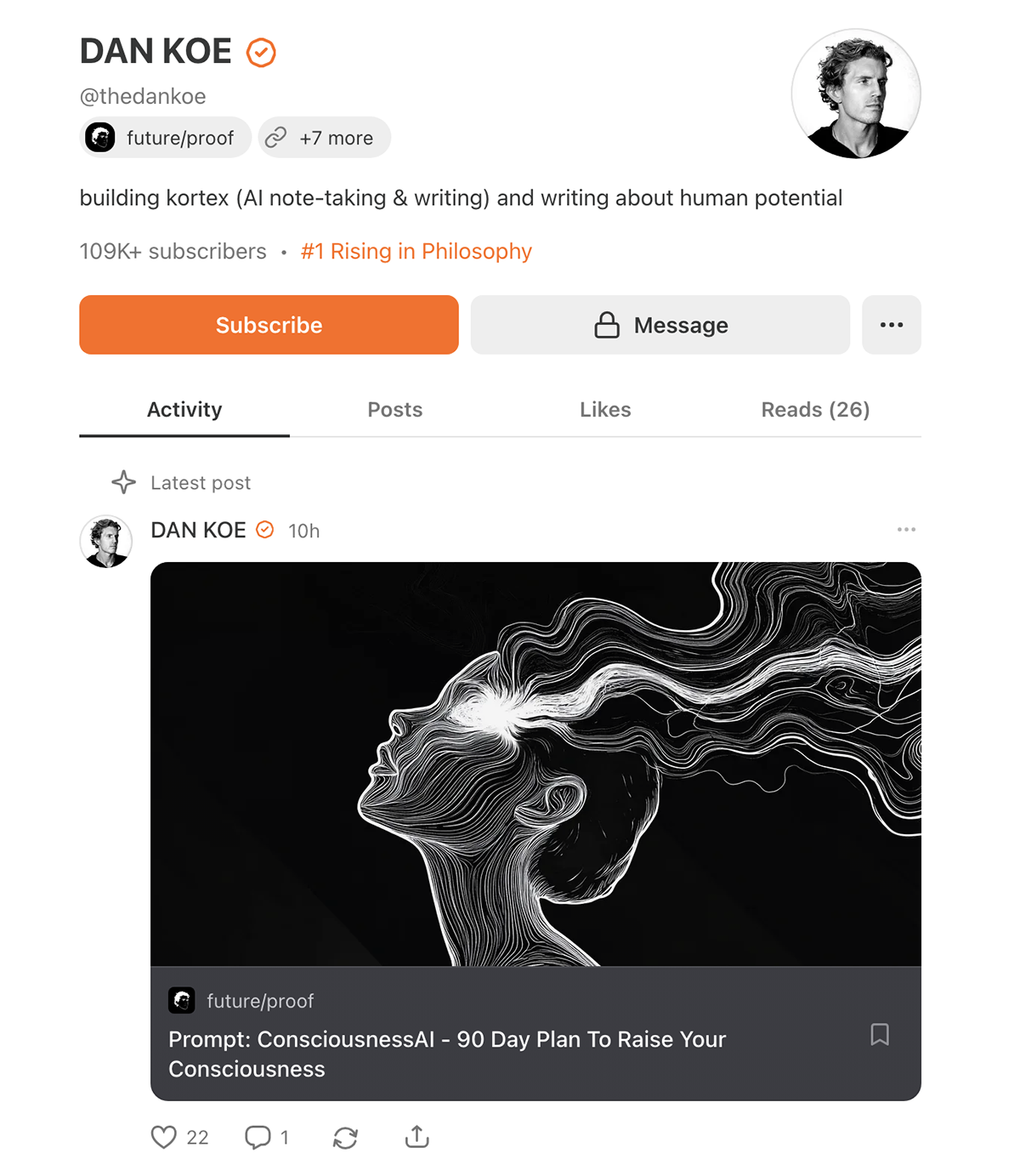
4. Distribute Your Substack
When you first start publishing on Substack, you might not have many (or any) subscribers.
So you’ll want to use other distribution channels to get your free newsletters in front of your audience.
Share your latest post with your social media followers. Or post a link in relevant communities.
The best way to turn casual readers into subscribers is to publish high-value content consistently.
5. Engage with Subscribers
The best way to retain subscribers and turn them into loyal readers is to engage regularly.
As a Substack creator, you have several options to interact with subscribers.
Most importantly, publish posts that prompt people to comment. Then, take time to respond thoughtfully, turning comments into conversations.
But don’t limit yourself to posts. Substack offers a couple other options for connecting with your audience.
Include Substack notes in your strategy. Similar to social media posts, notes are concise pieces of content meant for sharing quick ideas or engagement prompts.
Since they don’t trigger email notifications, notes are only available in the Substack app. This makes notes ideal for dedicated subscribers who frequently consume your content.
For more exclusive conversations, use Substack Chat.
Think of this feature like a group chat. You can post thoughts or questions, and subscribers can reply in the thread.
It’s ideal for asking followers what kind of topics they want you to cover. Which can make them feel more invested in your Substack.
6. Grow Your Audience
If you have an existing email list, you already have a head start on growing your Substack audience. You can import your mailing list, effectively moving your subscribers over to Substack.
Regular publishing, distribution, and engagement will help you grow your audience organically. But when you want to accelerate this process and get ready to earn subscription revenue, you need a different strategy.
Use Substack’s growth features to get more subscribers faster.
Partner with other creators to recommend your Substack. When people subscribe to their newsletters, Substack will automatically suggest that they subscribe to yours, too.
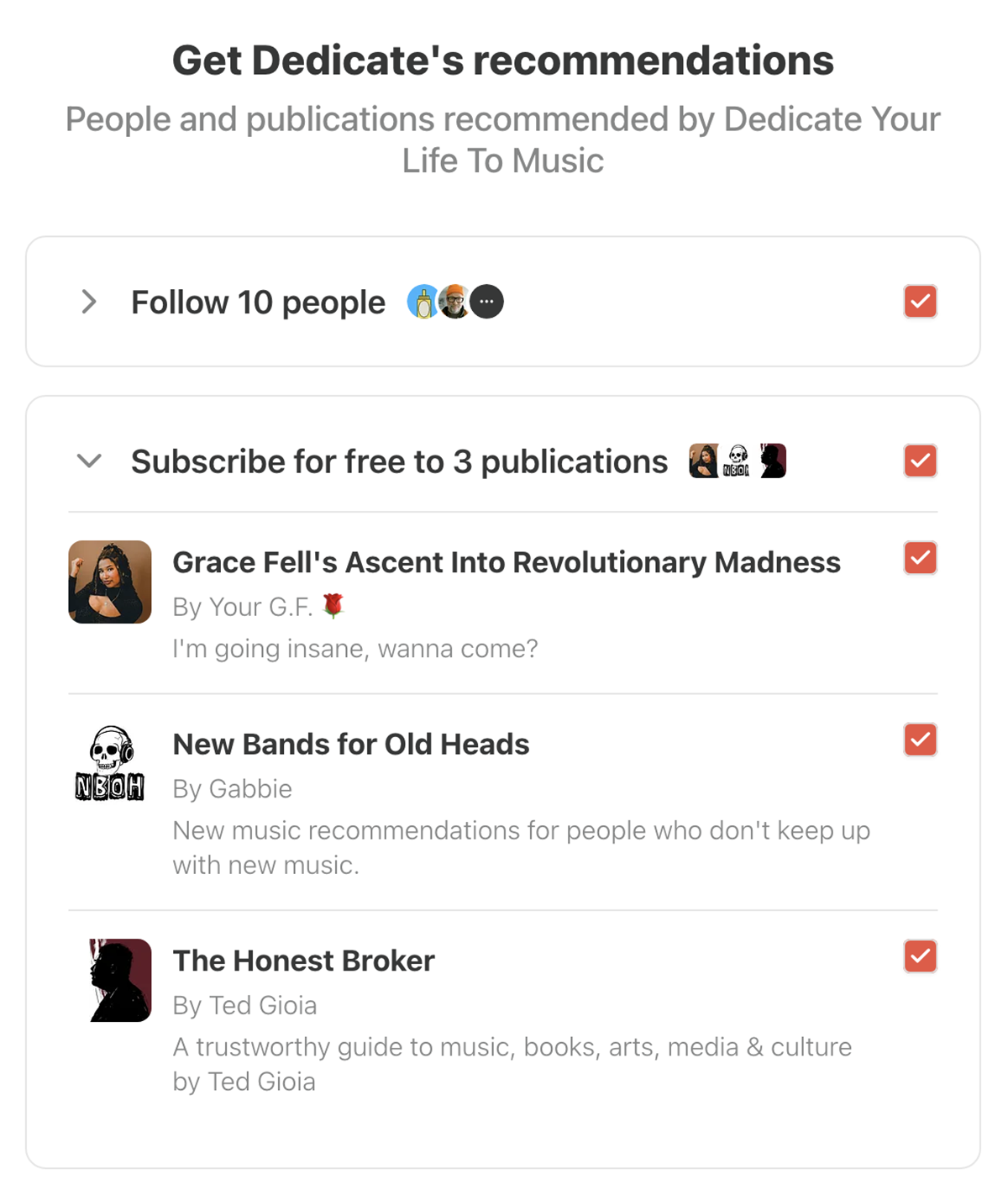
Substack also supports referrals. When subscribers share your Substack with others, you can reward them with incentives like ebooks, video calls, or access to a private community.

7. Review Analytics Regularly
Like any marketing channel, you can improve your Substack results by regularly reviewing your analytics.
I recommend checking Substack stats weekly to see how your content is performing and where your traffic is coming from.
This will tell you what kind of content to create more of and who to create content for. So you can continue to grow your audience and meet your monetization goals.
How to Get Paid Subscribers on Substack
Here’s how to make money on Substack.
Make a Launch Plan
There’s no firm rule about when to launch paid subscriptions. Technically, you can do it from the very beginning.
But unless you already have a massive following, I recommend establishing yourself as a consistent creator first.
That means regularly publishing on Substack, steadily growing your following, and building an engaged audience.
Keep in mind that followers purchase monthly or yearly subscriptions. So they want to know that you’re going to continue publishing valuable and unique content on an ongoing basis.
Plus, the more free subscribers you already have, the more people you can tell about your paid newsletter launch. If they see the value in your content and they want to support your work, they’ll be more likely to pay.
When you announce your paid Substack, explain why you’re making the change and what’s in it for subscribers.
For example, will monetizing your content allow you to produce new posts more frequently? Experiment with new formats? Go deeper into a series that subscribers already love?
Set Up Subscription Options
Next, decide how much to charge subscribers. While the minimum monthly fee is $5, there’s no maximum.
To check how much you could earn, check Substack’s calculator. Toggle the monthly rate and the subscriber number to see what you would earn, minus the 10% fee.
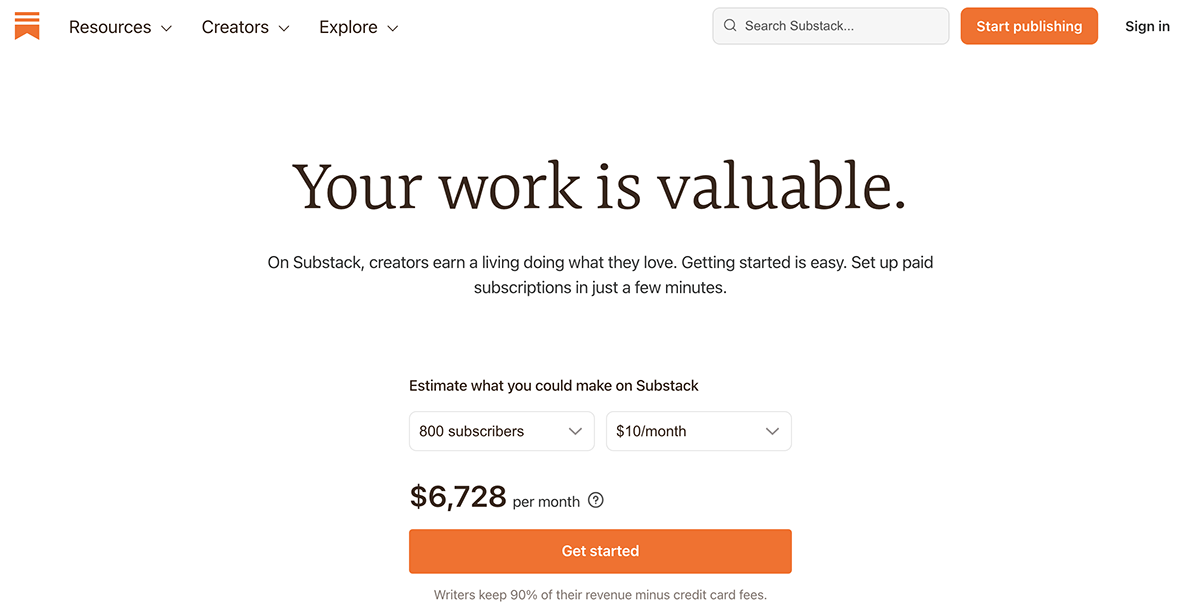
Substack supports monthly and annual subscriptions as well as a founding member price (also paid annually).
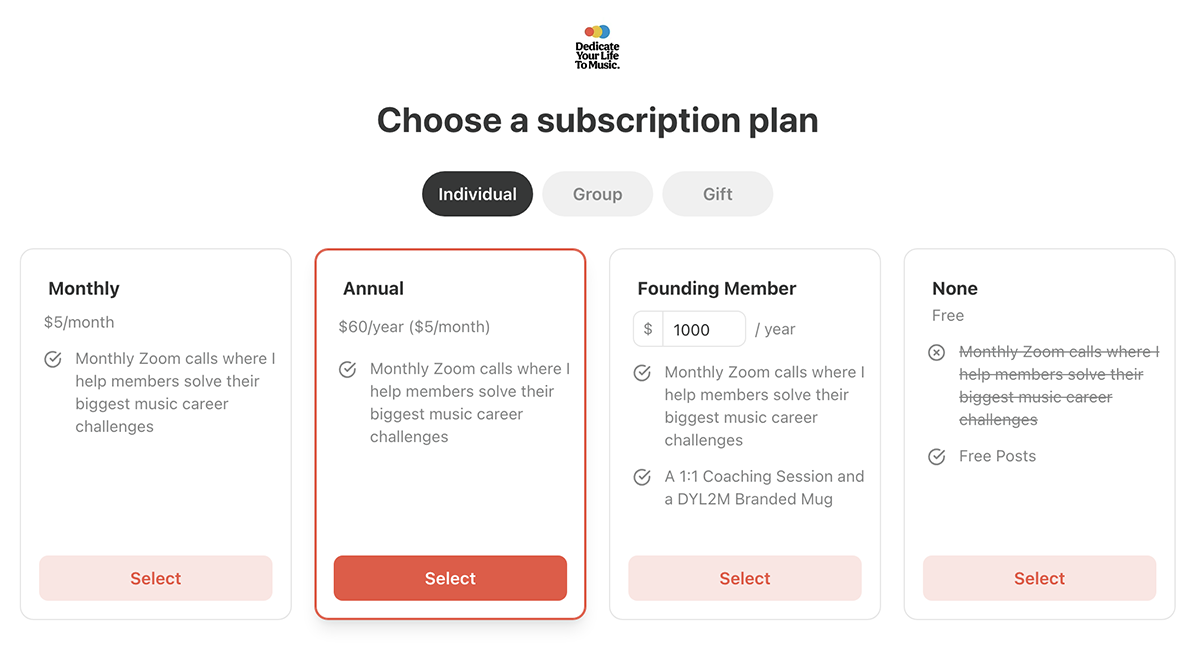
Put Select Content Behind a Paywall
Just because you enable paid subscriptions doesn’t mean all your content has to be for subscribers only.
Instead, you can keep some posts free to show off what kind of content you create — and encourage people to subscribe.
You can also offer sneak peeks of your content. Let readers see a few paragraphs, and then prompt them to subscribe to read the rest.
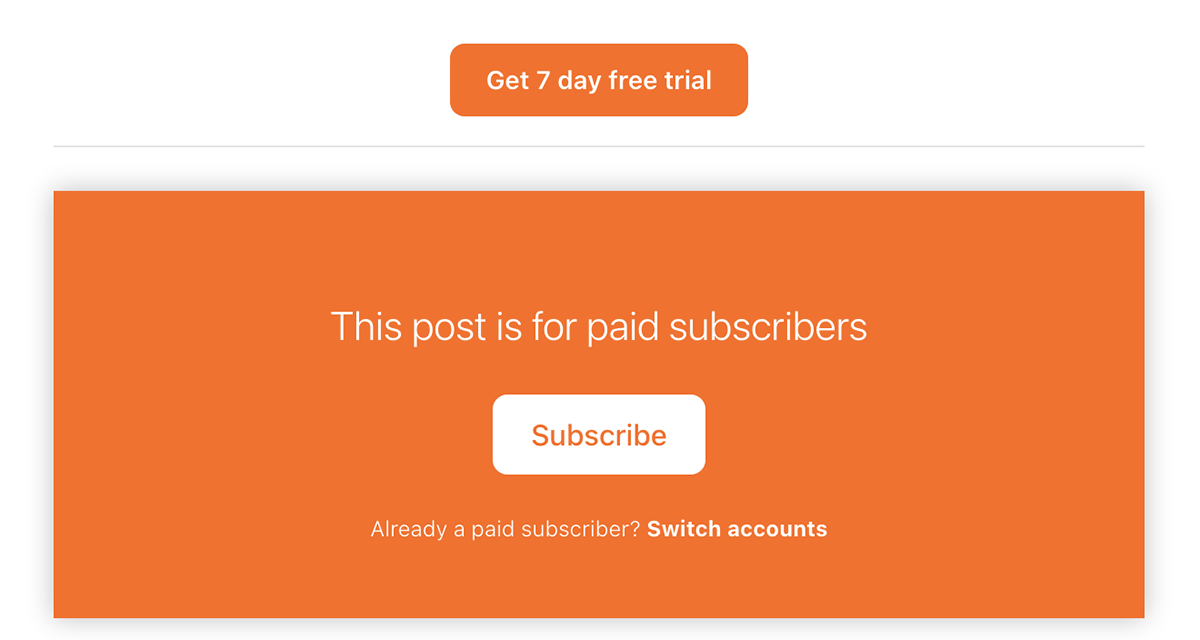
Alternatives to Substack
For many creators and brands, Substack checks all the boxes. It’s a content distribution platform and an audience building tool, and it offers free or paid options.
However, it’s not the only option in this category. Here are three other platforms to consider before you start a Substack.
Beehiiv

Beehiiv is a newsletter platform geared toward writers and creators as well as startups and founders.
It supports free and paid newsletters, including a more flexible pay-what-you-want model.
However, paid newsletters are just one monetization option. Beehiiv has a sponsorship system that allows creators to set pricing and source sponsors for their newsletters.
Beehiiv also has an ad network. Creators can opt to include ads in their newsletters and earn a set rate for each subscriber click.
Ghost
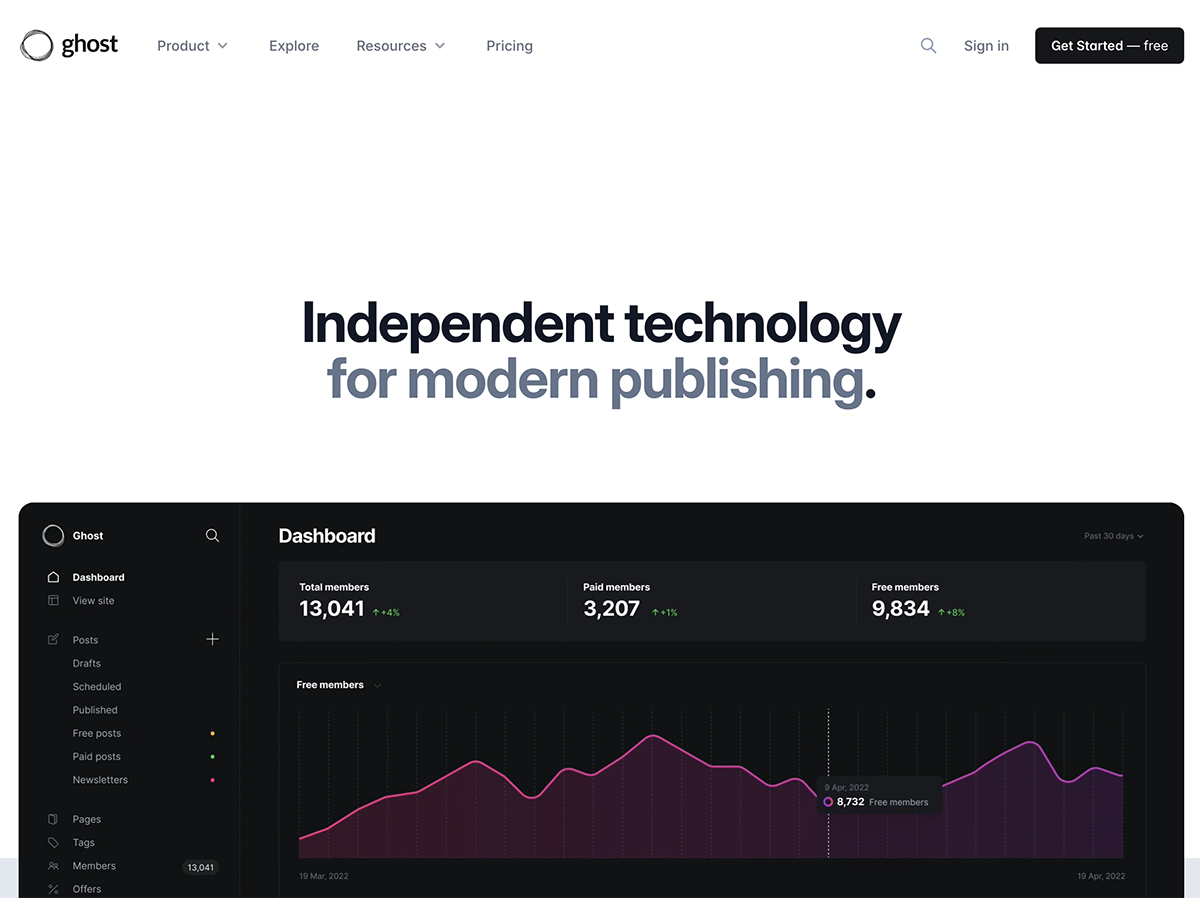
Ghost is a publishing platform for creators, publishers, and businesses.
While it has built-in email newsletters, it’s really a fully featured content marketing platform. As a result, it’s a better option for brands seeking to build an audience.
In addition to free tiers, Ghost supports multiple paid tiers, allowing creators to create offerings at various price points.
Unlike Substack, Ghost doesn’t charge fees on subscriptions. However, the platform does charge publishers a monthly fee.
Kit
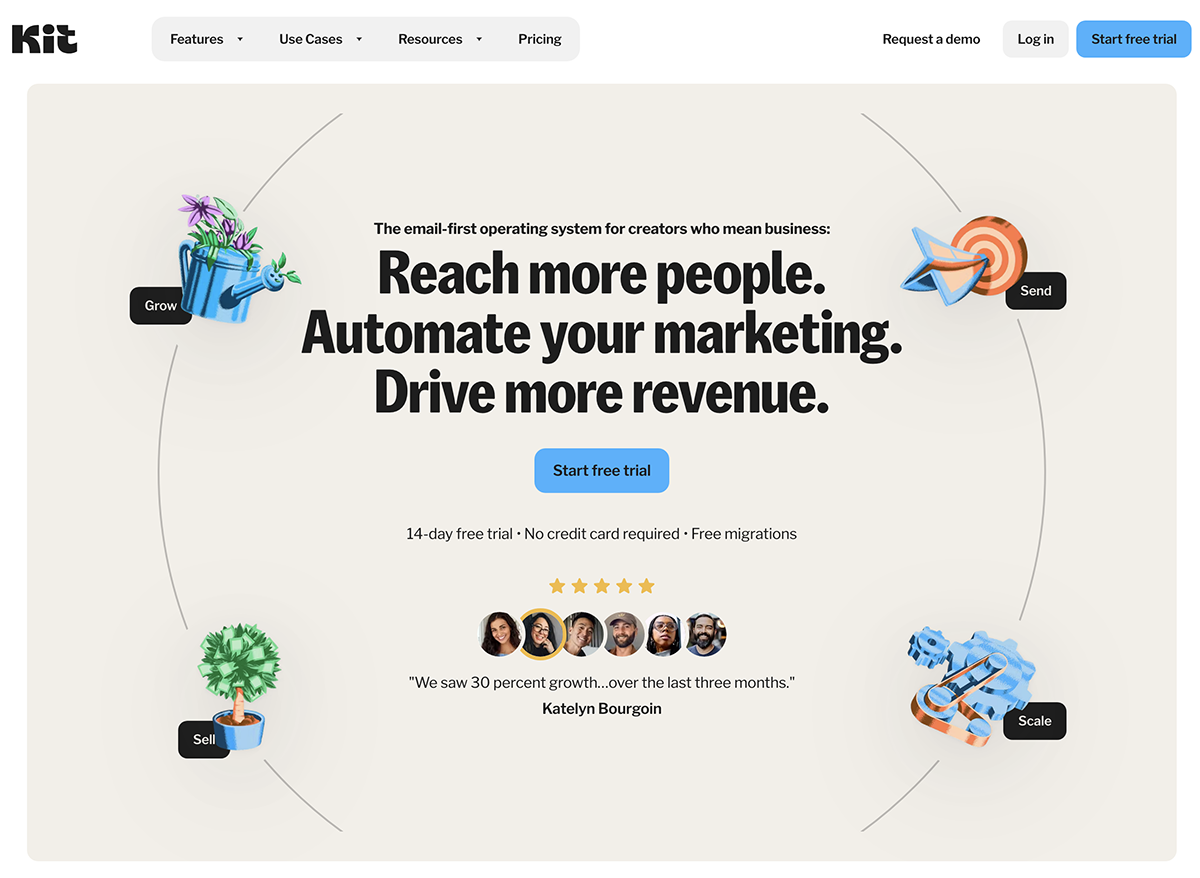
One of the oldest options in this space, Kit is primarily an email platform.
It has tools for creating email newsletters and landing pages, including a custom page to host your Kit content.
Like Substack, Kit supports paid newsletters. But Kit also lets creators sell digital products like courses or consultations.
This makes Kit a better choice for creators who want a wider range of monetization options that include multimedia content.
Final Thoughts on Substack
Substack isn’t just about producing great content.
It’s about building a community and getting paid for your work, turning your content into a sustainable revenue stream.
Going from zero to paid subscribers takes dedication.
But when you have a solid plan to create and distribute high-value content, you can attract an audience and monetize your work.
Take the first step: set up a Substack profile and make a plan to publish your first post.

